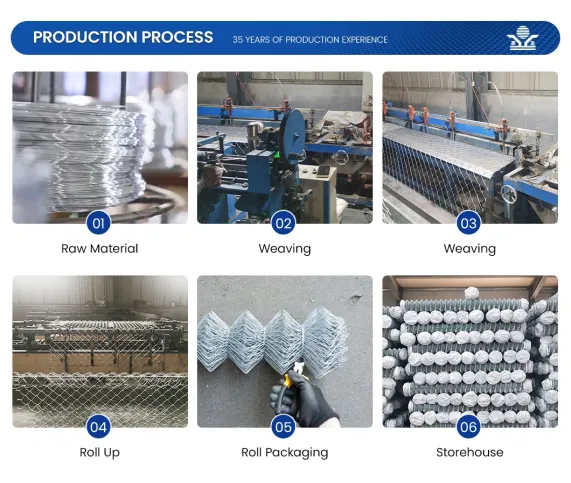The Versatility and Applications of 304 Perforated Stainless Steel
304 perforated stainless steel is a remarkable material known for its unique combination of strength, durability, and aesthetic appeal. Made from austenitic stainless steel, it features a high concentration of chromium and nickel, which contributes to its excellent corrosion resistance and overall longevity. The perforation process adds functional and visual characteristics, making it suitable for a wide range of applications across various industries.
One of the primary advantages of 304 perforated stainless steel is its resistance to rust and corrosion. This property makes it ideal for environments where moisture and chemicals are present. Industries such as food processing, pharmaceuticals, and chemical manufacturing often rely on this material to ensure hygiene and safety. In food processing, for instance, the smooth surface of perforated stainless steel prevents bacterial growth, making it easier to maintain health regulations and standards.
Furthermore, the perforation pattern of the steel can be customized to meet specific requirements. From size and shape to the arrangement of holes, these features can be tailored for different purposes. Common applications include filtration systems, where perforated sheets serve as a barrier while allowing fluids or gases to pass through, effectively separating unwanted particles. This versatility extends to architectural applications as well, where perforated stainless steel is utilized for facades, sunshades, and decorative elements in buildings. The aesthetic appeal of perforated stainless steel enhances both functionality and design, allowing for creative expressions in construction while maintaining structural integrity.
304 perforated stainless steel

In addition to its practical applications, 304 perforated stainless steel is also favored for its ability to withstand extreme temperatures. This quality allows it to perform well in high-heat environments such as industrial ovens and grills, where maintaining strength and performance is crucial. Moreover, its non-reactive nature means that it can endure exposure to various chemicals without degrading, making it a prudent choice for those needing reliable material in challenging conditions.
Another significant benefit of 304 perforated stainless steel is its lightweight yet strong structure. This combination allows for easier handling and installation, providing an efficient solution for construction and manufacturing processes. Even when created into intricate designs and patterns, the material maintains robust strength, ensuring structural reliability without compromising on weights that can lead to increased operational costs.
Sustainability is also a major consideration for manufacturers and consumers today. Stainless steel, including 304 alloy, is largely recyclable, which means that it can be repurposed seamlessly without losing its innovative properties. This characteristic not only supports environmental conservation efforts but also aligns with the growing demand for sustainable practices in manufacturing and architectural design.
In conclusion, 304 perforated stainless steel stands out as a highly versatile and dependable material that meets the needs of diverse industries. Its inherent properties—such as corrosion resistance, customization options, aesthetic appeal, and environmental sustainability—make it a preferred choice for applications ranging from industrial use to architectural design. As industries continue to evolve and seek innovative solutions for productivity and design, the relevance and popularity of 304 perforated stainless steel are sure to endure. Whether used for functional applications or as a design element, this material remains a testament to the ingenuity of modern engineering and manufacturing.
-
Why Galvanized Trench Cover Steel Grating Resists Corrosion
NewsJul.10,2025
-
The Versatility and Strength of Stainless Expanded Metal Mesh
NewsJul.10,2025
-
Load Calculations in Steel Grating Platforms
NewsJul.10,2025
-
Keeping Pets and Kids Safe with Chicken Wire Deck Railing
NewsJul.10,2025
-
Hole Diameter and Pitch for Round Perforated Metal Sheets
NewsJul.10,2025
-
Aluminium Diamond Mesh in Modern Architecture
NewsJul.10,2025
Subscribe now!
Stay up to date with the latest on Fry Steeland industry news.

